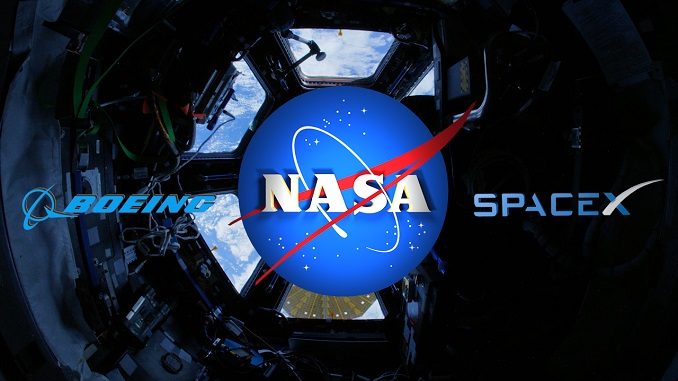
NASA facility in Alabama will play an important part in the mission of sending astronauts to the Moon in 2024. This same facility was involved in developing the giant rocket for the Apollo program in the 1960s.
The Marshall Space Flight Center in Huntsville will lead the development of a vehicle that will land astronauts on the body for the first time since 1972. The news was announced by NASA’s administrator Jim Bridenstine.
The program named Artemis will send a man and a woman to the South Pole of the Moon in 2024. Huntsville, in Alabama known as “Rocket City”, has a long history of the space program. The huge Saturn V launcher, which sent humans into orbit during the Apollo program in the 1960s and 70s, was designed, built and tested in this city.
Mr Bridenstine made the announcement at the Marshall facility in front of a test version of the 45m- (149ft-) tall hydrogen tank for the Space Launch System rocket, which will send the astronauts on their journey from Earth in 2024. “This was not a decision that was made lightly. A lot of hard work has been done here in Huntsville over well over 10 years now regarding landing systems,” Mr Bridenstine said on Friday.
Responding to a report that Marshall would be announced as the lead, the lawmakers said: “While the Marshall Space Flight Center specializes in rocketry and spacecraft propulsion and is undoubtedly the leader in these areas, it is the Johnson Space Center, which has been, and continues to be, ground zero for human space exploration. We are deeply concerned that Nasa is not only disregarding this history but that splitting up the work on the lander between two different geographic locations is an unnecessary and a counterproductive departure from the unquestionable success of the previous lunar lander program.”
Mr. Bridenstine said to the objections that of 363 jobs associated with the lander, 140 would be based at Huntsville, while 87 would be at Johnson Space Center. “Johnson Space Center, when it comes to human-machine interface, all the great capabilities that they have throughout time, with the astronaut corps being headquartered there, there’s going to be lots of opportunity for them,” Mr. Bridenstine also stated.
He also announced that NASA Johnson would be leading work on the Gateway, a small space station in the orbit of the Moon, where astronauts will dock before going down to the lunar surface.
In July, NASA called out the industry to submit ideas for an initial version of the lander that would take two astronauts down to the Moon in 2024. Within time, it will build a lander split into three stages that can take four people down from Gateway to the lunar surface.

Be the first to comment